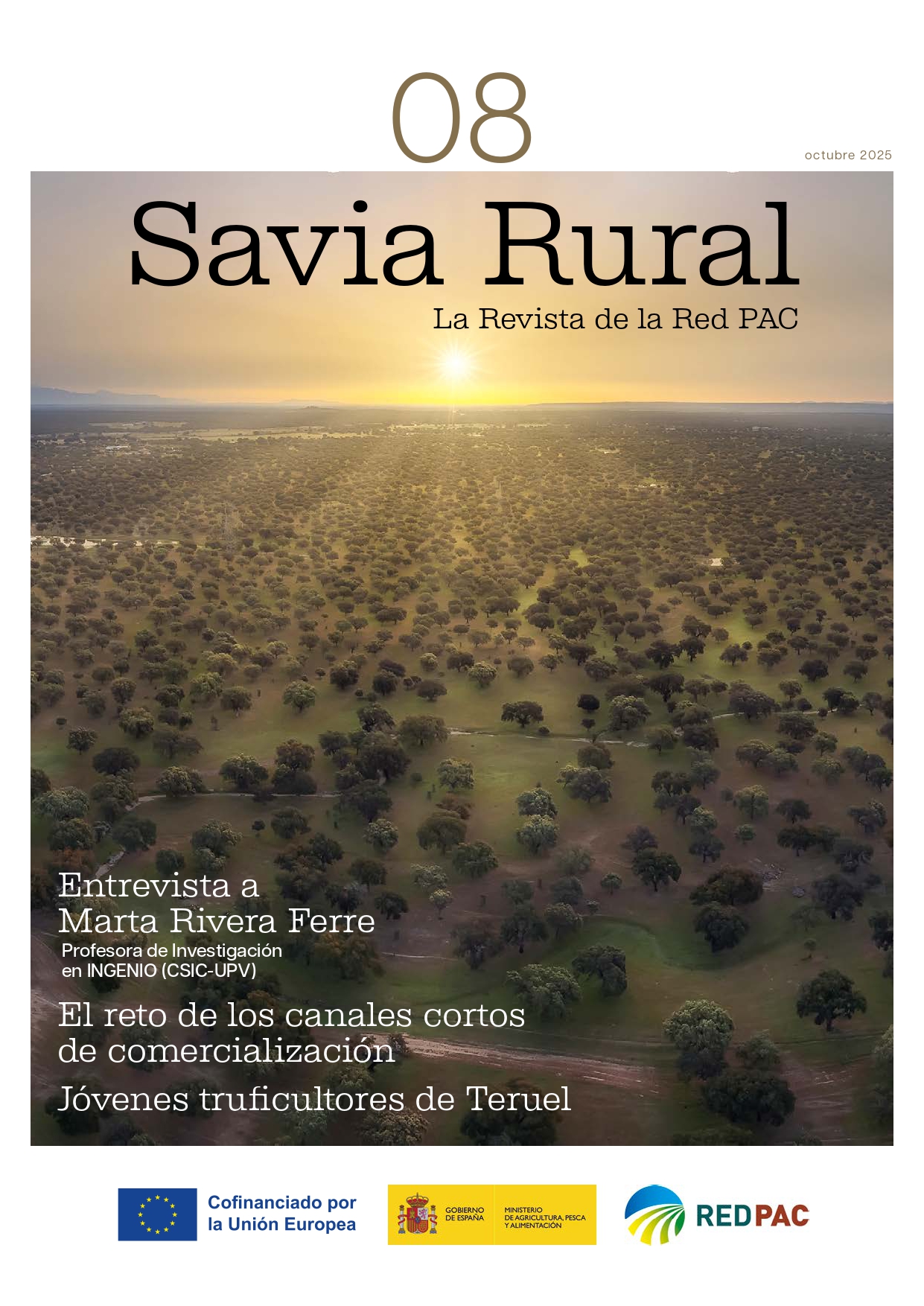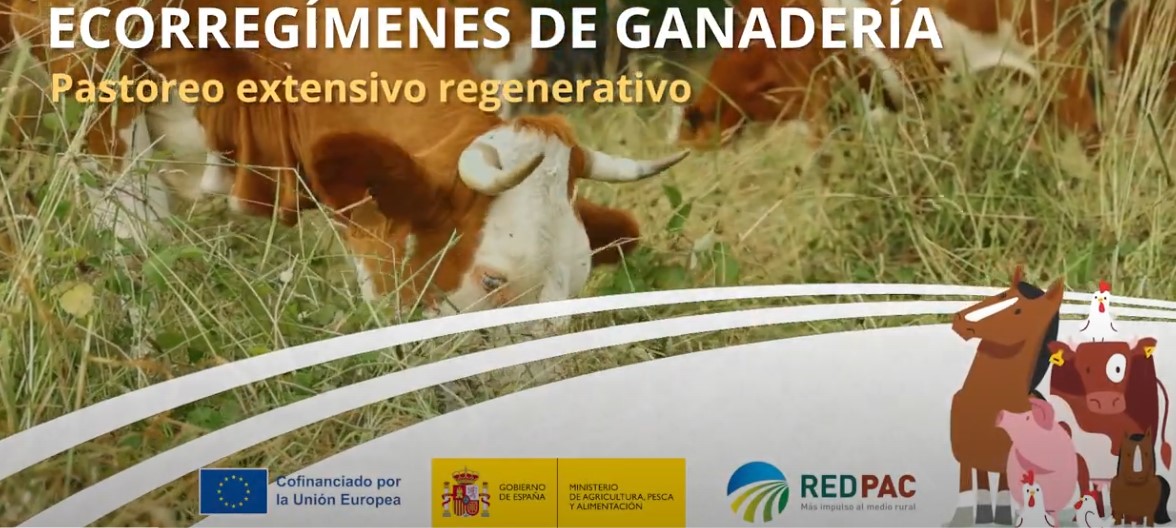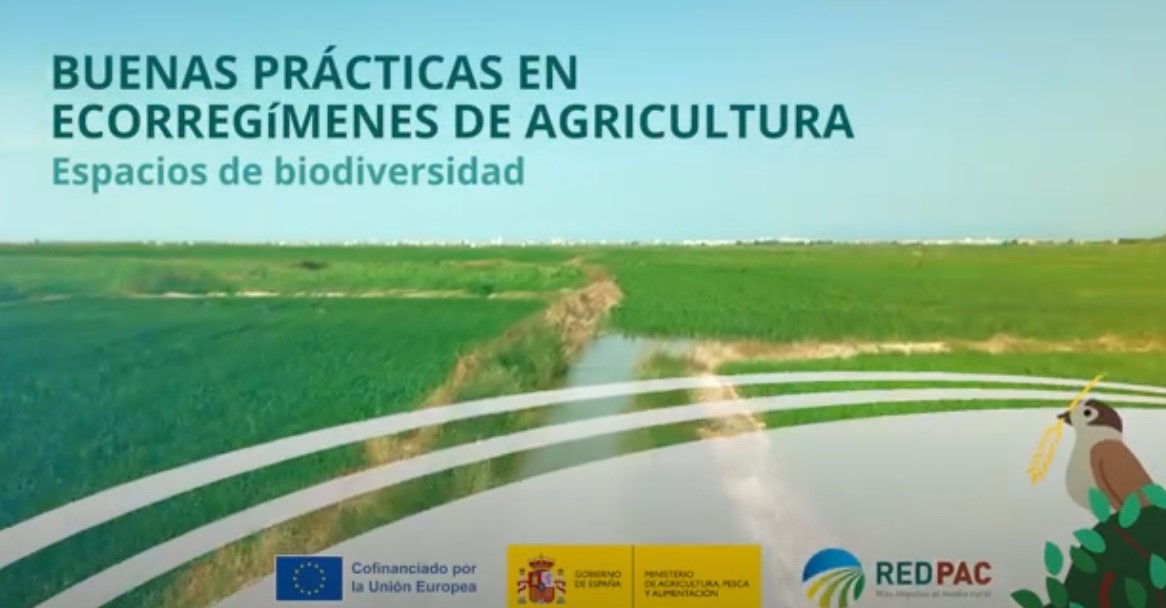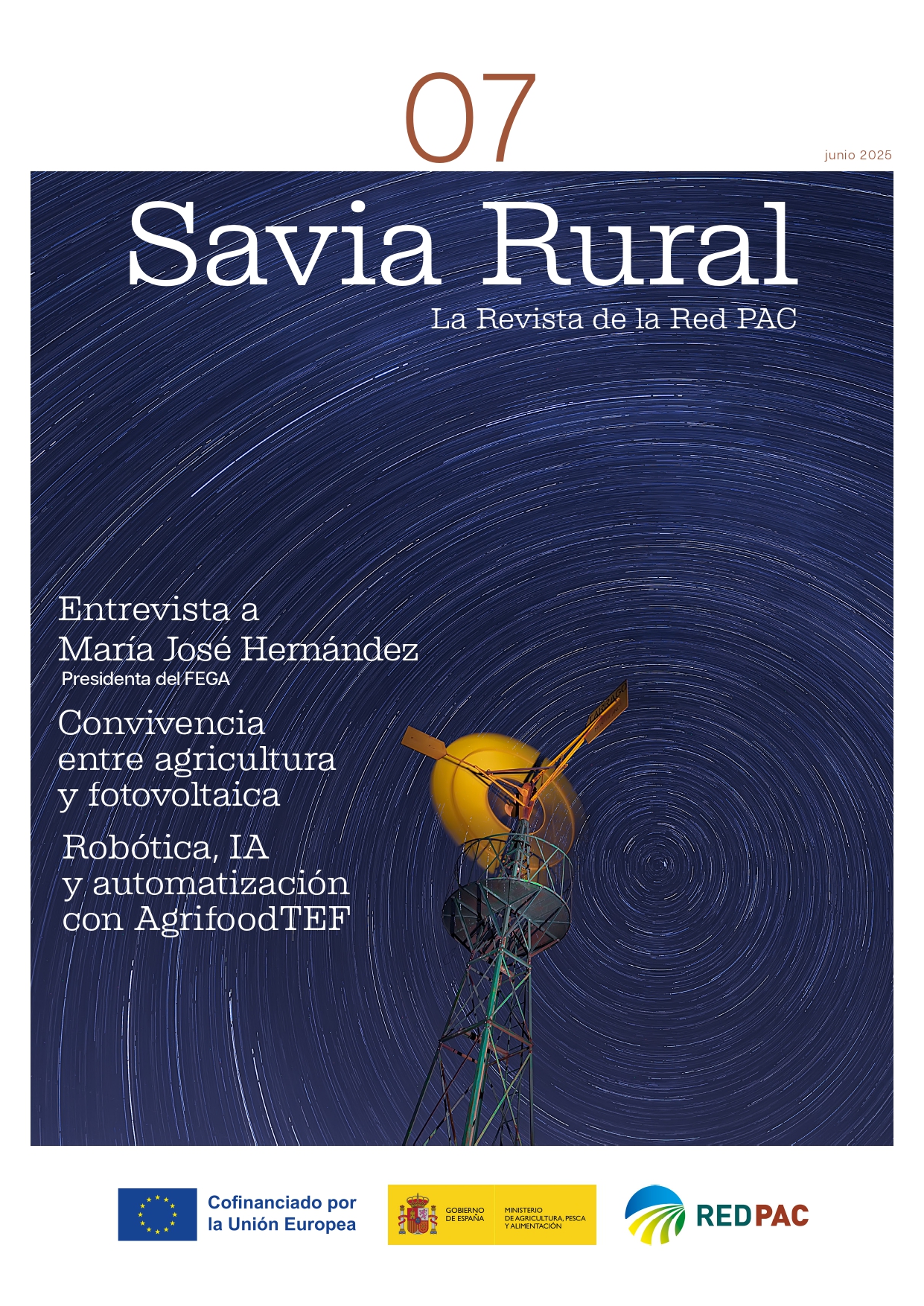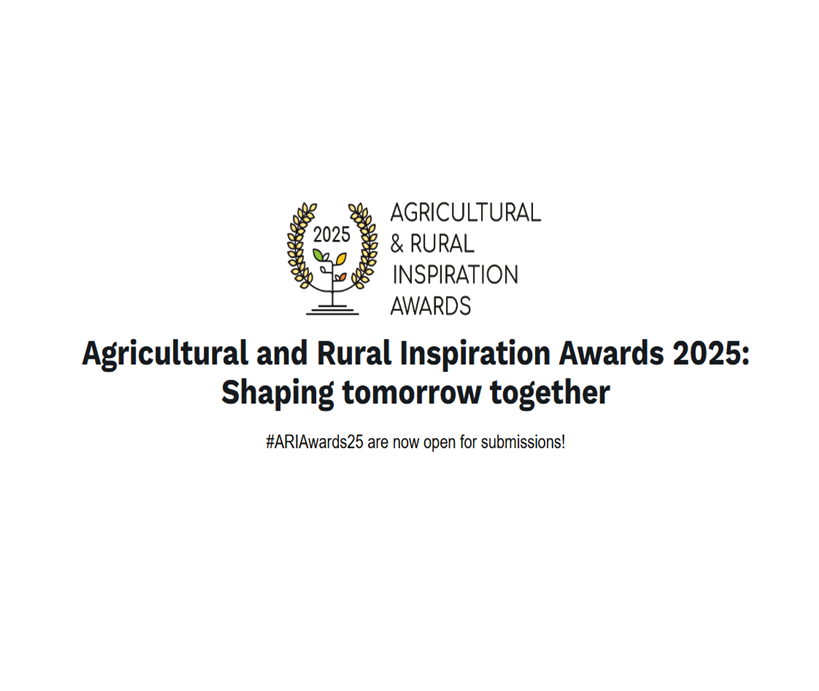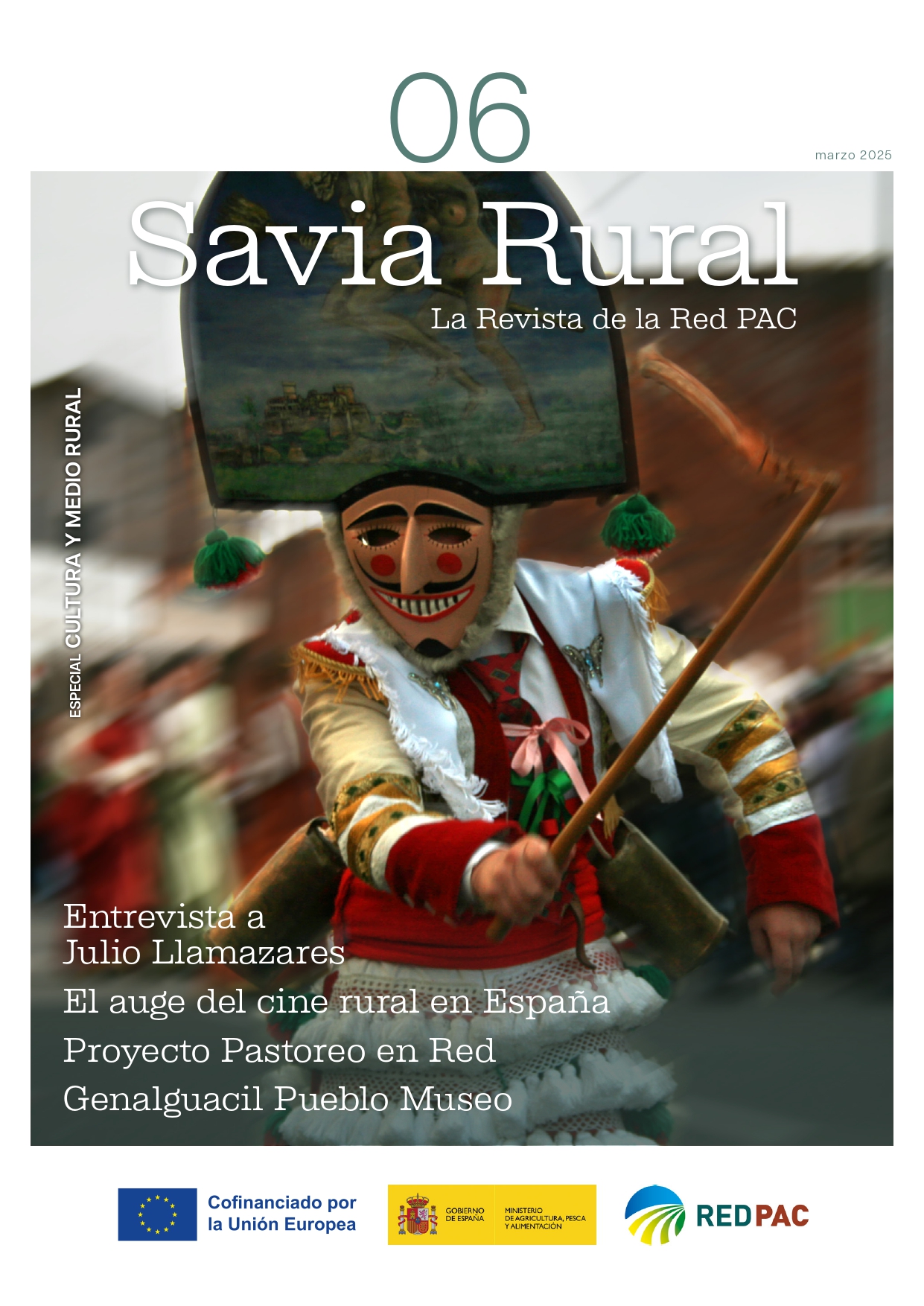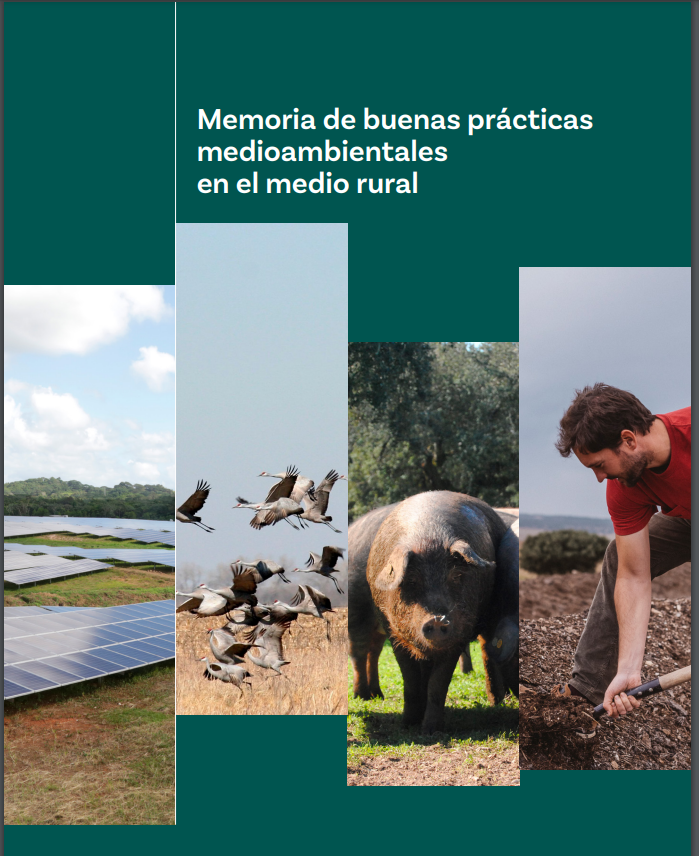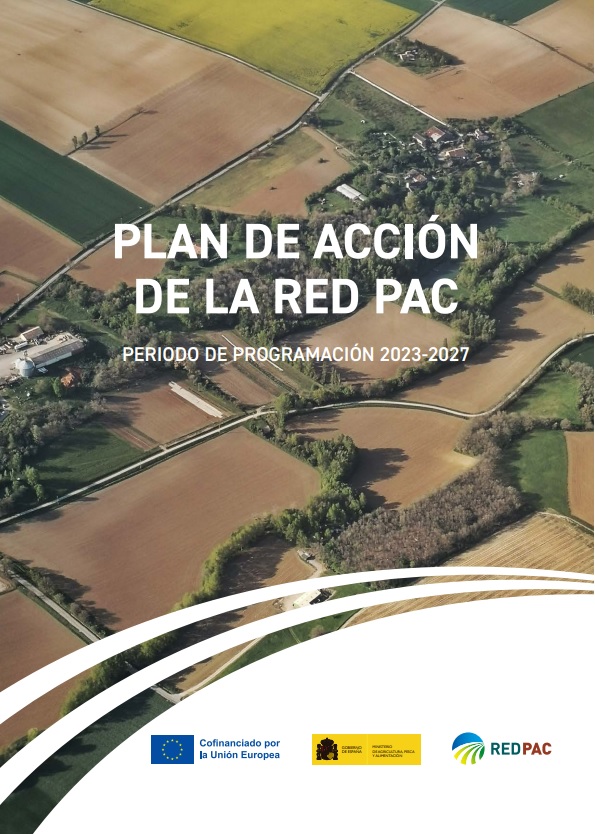Related documentation
-
Savia Rural Magazine, No. 8, Fall 2025
-
🐄 How can extensive livestock farming protect the environment and access European aid? Ecoregimes are voluntary practices that improve environmental and climate performance in the countryside. In this CAP Network video, we show you two real-life examples applicable to extensive livestock farming: 👨🌾 Xosé García (Lugo): grazing with cows, pigs and poultry in different plots 👩🌾 Lucía Redondo (León): natural pasture cleaning with cows and mares 📌 These practices help to: ✅ Improve soils and increase carbon ✅ Reduce erosion and greenhouse gases ✅ Protect biodiversity and conserve natural…
-
Did you know that you can take care of the environment and receive direct aid? Ecoregimes are voluntary practices that improve environmental and climate performance in the countryside. In this CAP Network video, we show you two real-life examples of good practices applicable to ecoregimes: 👩🌾 Ester Rubio (Teruel): crop rotation and biodiversity islands 🌾 Fernando Durà (Valencia): water sheets in rice fields to conserve biodiversity 📌 Discover how these actions help: ✅ Improve soils and increase carbon ✅ Reduce erosion and greenhouse gases ✅ Protect biodiversity and natural resources 🔔…
-
Issue 7 of Savia Rural contains several initiatives that strengthen or open up possibilities for rural development. We spoke with María José Hernández, president of FEGA, an organization that has been providing security for the financial management of CAP aid for 30 years. We discussed rural proofing , an approach that incorporates a rural perspective into legislation, and the possibilities offered by combining photovoltaics and crops to maintain agricultural land use. We showed how Agrifood TEF is helping to bring the most advanced agricultural innovation to the market. We also highlighted…
-
The European CAP Network has announced the third edition of the ARIA 2025 Agricultural and Rural Inspiration Awards . The theme for this edition is “ Shaping tomorrow together ”. The awards will continue to highlight good practices funded by the European Agricultural Fund for Rural Development (EAFRD) and/or the European Agricultural Guarantee Fund (EAGF). and that promote food security, environmental resilience and the socioeconomic fabric of rural areas. Applications can only be submitted through the PAC Network and projects must fall into one of the following four categories : Competitive…
-
This issue of Savia Rural features culture among its main components. We speak with writer Julio Llamazares, who has made memory and the rural landscape two constants in his literature. We delve into the boom in rural areas in Spanish cinema. We discuss two experiences surrounding contemporary art: the Genalguacil Museum Village and the artist residencies of the Sambrona Association of Alburquerque. We showcase the work of Wooldreamers, which is revaluing wool in Mota del Cuervo; and that of illustrator and editor Leticia Ruiz Fernández in Garganta la Olla, Cáceres. And we continue talking…
-
Agriculture and the environment can be the best allies to mutually ensure their future; the initiatives and businesses included in this report on good practices are good examples of this. Among them, there are projects that have used environmental regeneration as a lever to improve their production, others defend the ecosystem legacy of their territories, and still others have changed their energy or production approach to differentiate themselves and grow. We hope they can inspire new ideas in rural areas.
-
The CAP Network Action Plan is a document that describes how the Network will carry out the functions defined for it by the Spanish CAP Strategic Plan 2023-2027 (SPPAC). This Action Plan sets out the CAP Network's objectives and seven lines of action that organize the various activities to be carried out during the 2023-2027 programming period.
-
💢KEY NEW FEATURES FOR THE SINGLE CAP APPLICATION: We're making things more flexible and simpler for farmers and ranchers. 👉🏾REINFORCED CONDITIONALITY: The Good Agricultural and Environmental Practices (GAPs) that farmers must comply with in order to fully receive direct CAP aid, area payments, livestock charges, and certain POSEI program aid have been simplified and made more flexible. Thus, starting with the 2025 Single Application (and in some cases as early as the 2024 Single Application), a series of changes are included in the following GAPs, which are classified according to the…










